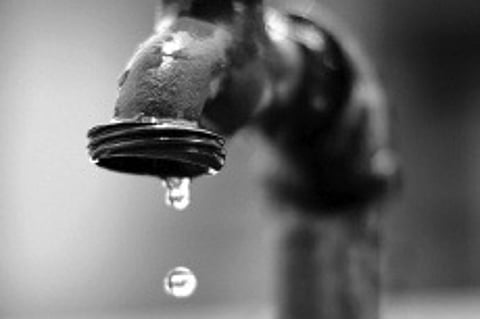

The water sector in our country is crying out for a paradigm shift. Decades ago, water was perhaps abundant but not accessible, requiring large investments in infrastructure (dams, canals, pipelines).
But today, water is scarce: East-flowing rivers are fully utilised, groundwater is rapidly declining, while demand is still growing. Meanwhile, pollution has become a major menace.
The new paradigm must focus on reduction in demand, redistribution and regulation of use and of pollution.
The Task Group on Water Policy (TGWP) report submitted to the government last year highlighted the need for this paradigm shift. How does Karnataka’s Budget 2020 measure up against this need?
The good news is that several elements of the new paradigm are embedded in the budget. For instance, Rs 627 crore for micro-irrigation schemes, Rs 1,000 crore to improve sewage treatment in Bengaluru and Rs 100 crore for 20 other towns, and Rs 20 crore for promoting treated wastewater reuse in three cities.
Perhaps more important are two non-budgetary activities: the World-Bank funded Atal Bhoojal Yojana, and the state’s Jalamrutha scheme, both focusing on community-based groundwater budgeting and conservation.
Also key is continued support for millet cultivation under the Raitha Siri scheme, although the allocation is far lower than required to bring about a shift away from paddy and sugarcane cultivation.
Unfortunately, supply side measures continue to grab a much bigger slice of the pie: Rs 5,000 crore for lift irrigation, Rs 1,500 crore for the Yettinahole diversion project, Rs 500 crore for diverting Mahadayi water, and support for planning more reservoirs, vented dams, etc.
Some measures are downright dangerous, such as developing waterways in west-flowing rivers that may hugely damage the riverine ecosystems with little gain. And completely missing is any allocation for water pollution monitoring and enforcement.
In the famous Panchatantra story, a thirsty crow tirelessly adds stones to the pot to bring up the water level. But stones cannot fix a leaky madike, as in free-for-all pumping. Nor is taking water from someone to supply to someone else really helpful. Only by fixing the mismanagment and misgovernance through complementary non-fiscal measures can this budget move Karnataka’s water sector in the right direction.
Sharachchandra Lele
Distinguished Fellow, ATREE, Bengaluru